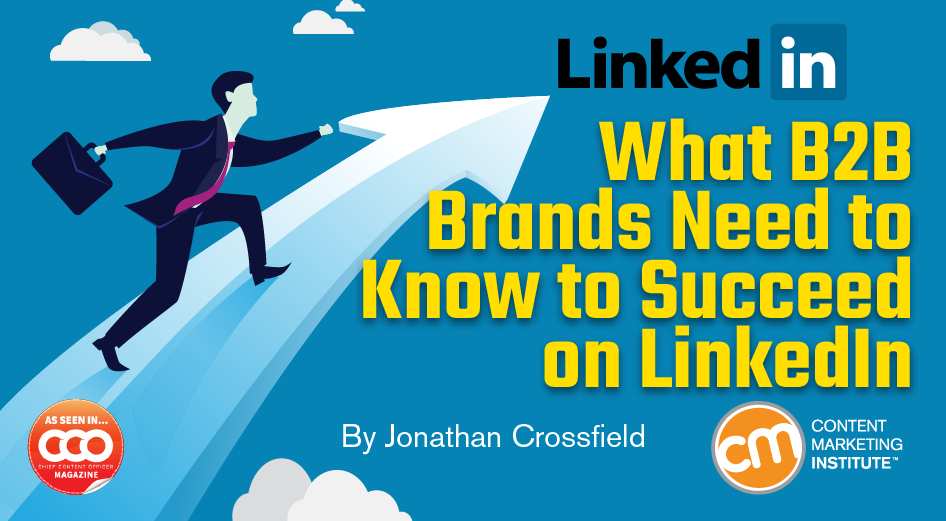Author: Jonathan Crossfield / Source: Content Marketing Institute

“But I’m from a B2B company. How does all of this apply to us?” I must get a version of this question in almost every content marketing workshop I run. My answer is always the same: “B2B customers are people too.”
On entering the office, we don’t stuff our B2C brains into the desk drawer, replacing them with pin-striped B2B versions allocated to us by HR. If that deathly dull and overly formal white paper would put me to sleep as a B2C reader, it’s not suddenly going to find me more attentive because the clock is somewhere between 9 and 5.
Of course, there are some differences between B2C and B2B marketing – multiple stakeholders for one – but on an individual level, the two have far more in common than not. Social media has broadened the scope of so-called professional conversations, allowing people to discuss topics and share content once confined to the personal realm.
“We talk about so many more things,” says Claire Austin, content marketing evangelist for LinkedIn Australia. “There’s no way my parents would’ve discussed things like mindfulness, the psychological effects of working, or the challenge of going back to work after childbirth. These were just things you just got on with and no one spoke about (in the workplace). Whereas now, these are things that we do need to speak about and we’re happy to speak about them.
“People want to share their experiences. They want to be able to help others – help inform and inspire.”
LinkedIn ranks high as B2B social media platform
LinkedIn has long been seen as the formal pinstripe suit to Facebook’s Hawaiian shirt. According to the Content Marketing Institute’s latest B2B benchmark report for North America, 92% of B2B marketers use social media for content distribution, a rate just below email usage (93%). And LinkedIn commands a massive 97% of B2B marketers who take social media action, almost double the number reported in 2010.
But it has changed a great deal since first launching as a careers-focused networking platform in – wait for it – 2003. (Yes, LinkedIn is older than Twitter, Facebook, and even Myspace. Crikey, most of us probably hadn’t even heard of social media back then.)
LinkedIn may have started as a way to find career opportunities via job listings and networking, but that’s not why people return regularly these days. Today, visitors view content on LinkedIn seven times more often than job listings. It’s not hard to see why. LinkedIn has steadily evolved into a content platform, acquiring and integrating other content services such as news aggregator Pulse, presentation platform SlideShare, and online learning company Lynda.
“Just seeing the amount of work that’s going into developing the platform and, especially since the Microsoft acquisition, the amount of product innovation that’s happening, it’s really, really interesting,” says Austin. “LinkedIn is growing and building that reputation to be that one place for professionals to stay informed, stay connected, and learn.”
In whose content do…
Audience Team
The digital audience insights you need to build, manage and market to your digital audiences.

